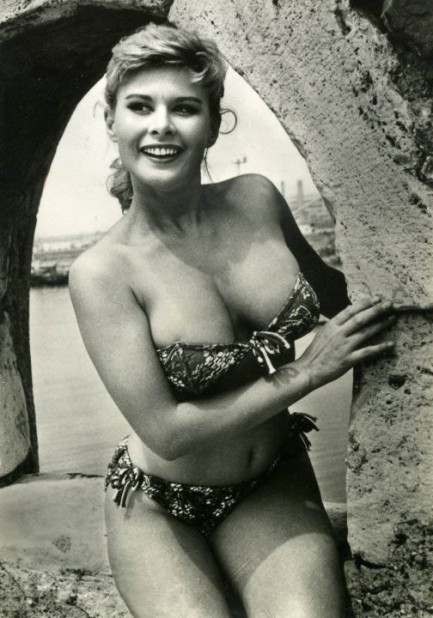| Vintage Pulp | Jun 3 2018 |

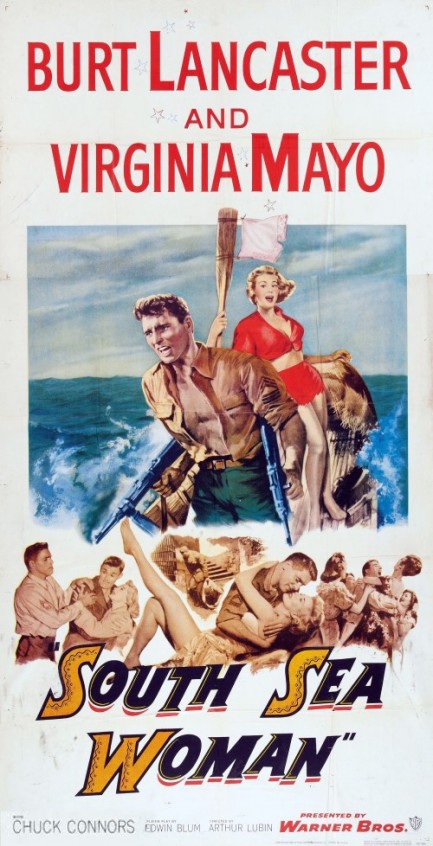
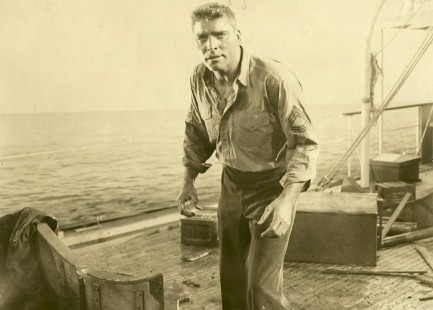
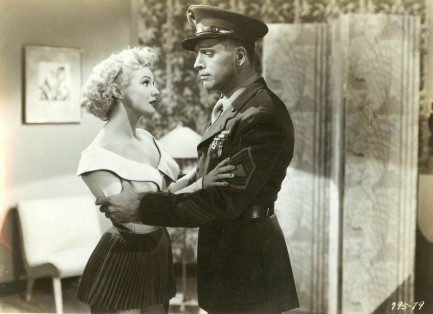
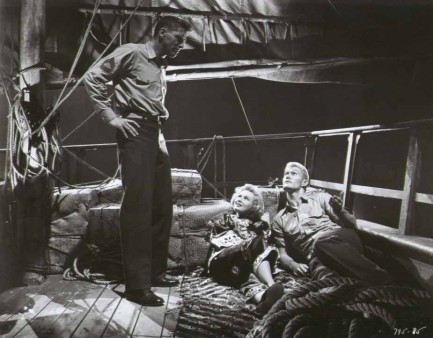
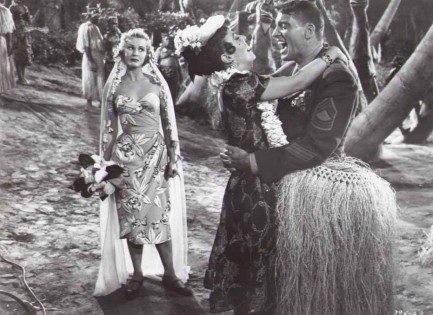
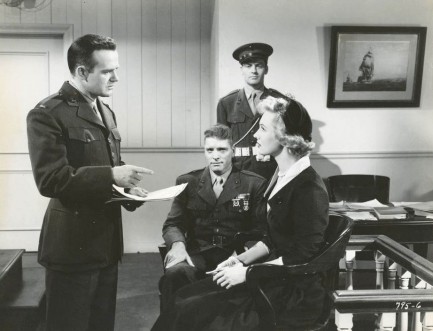
| Vintage Pulp | Dec 16 2013 |

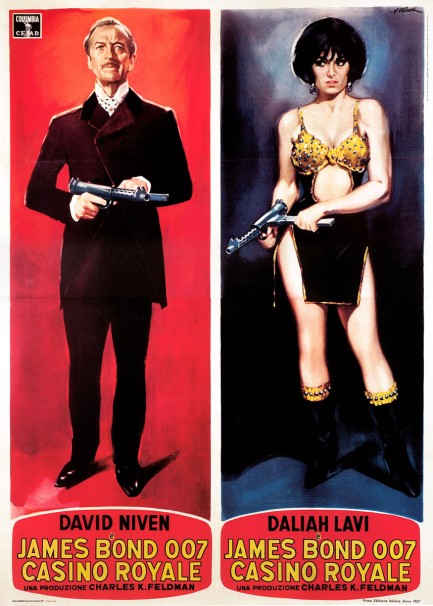
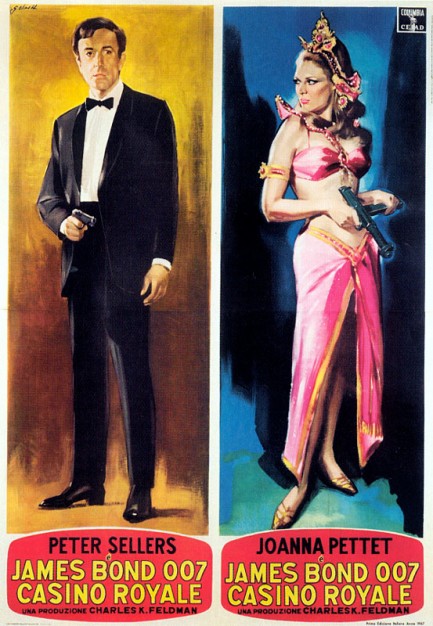
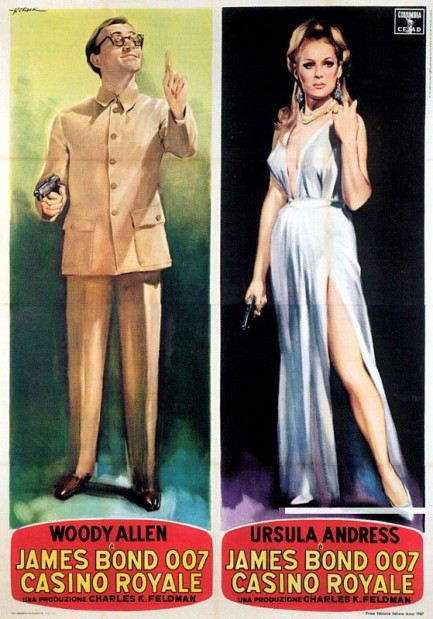
1967’s Casino Royale wasn’t a global Christmas movie in the sense that today’s films are, however it did premiere Christmas week in ten European countries, as well as today in Japan. The movie wasn’t good. Basic idea: Sean Connery is an imposter, so the real James Bond in the form of David Niven is coaxed out of retirement, and he comes up with a plan to confuse his arch enemies SMERSH by renaming all British agents—male and female—James Bond. Time’s review of Casino Royale was headlined “Keystone Cop Out,” and The New York Times’ Bosley Crowther was just as scathing, noting that “since it’s based more on slapstick than wit, with Bond cliché piled upon cliché, it tends to crumble and sprawl.”
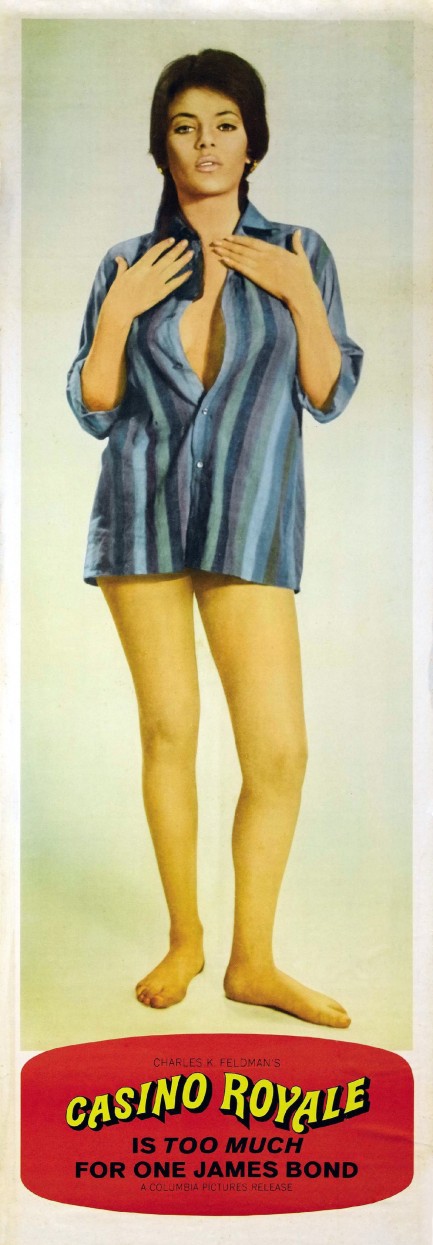
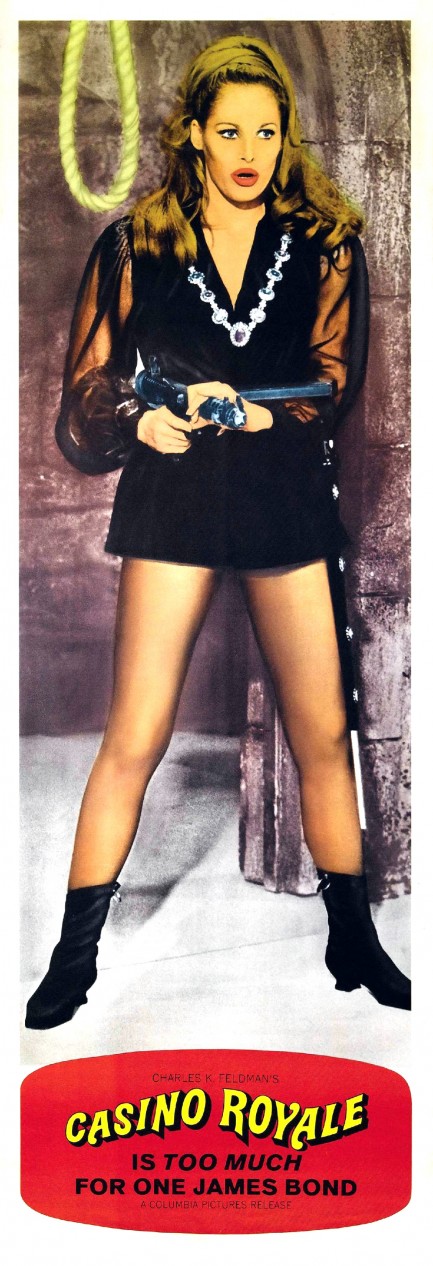

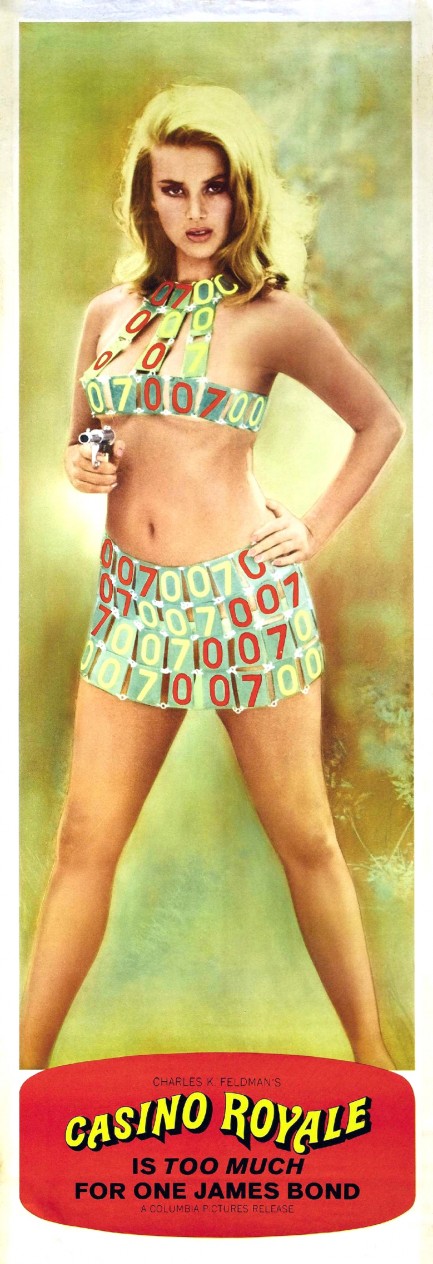
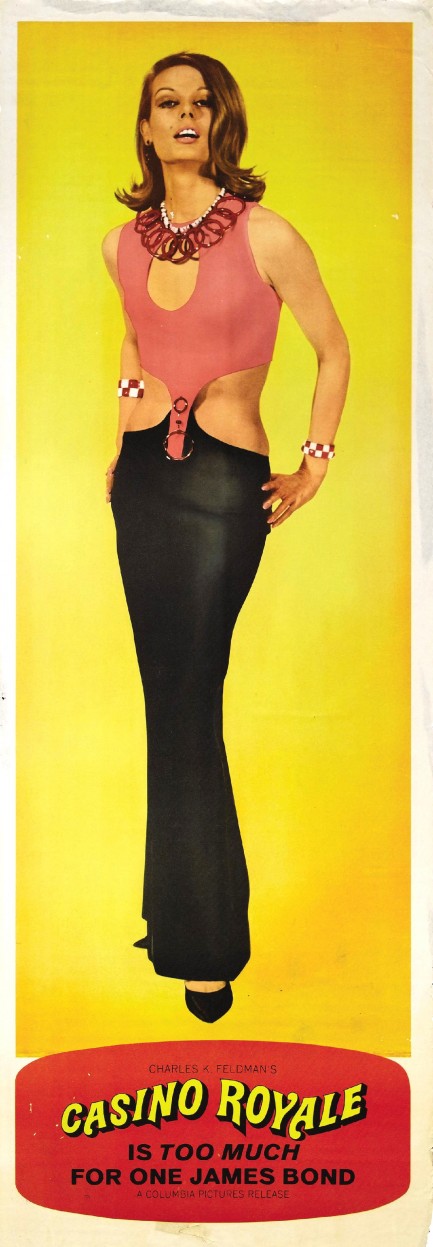
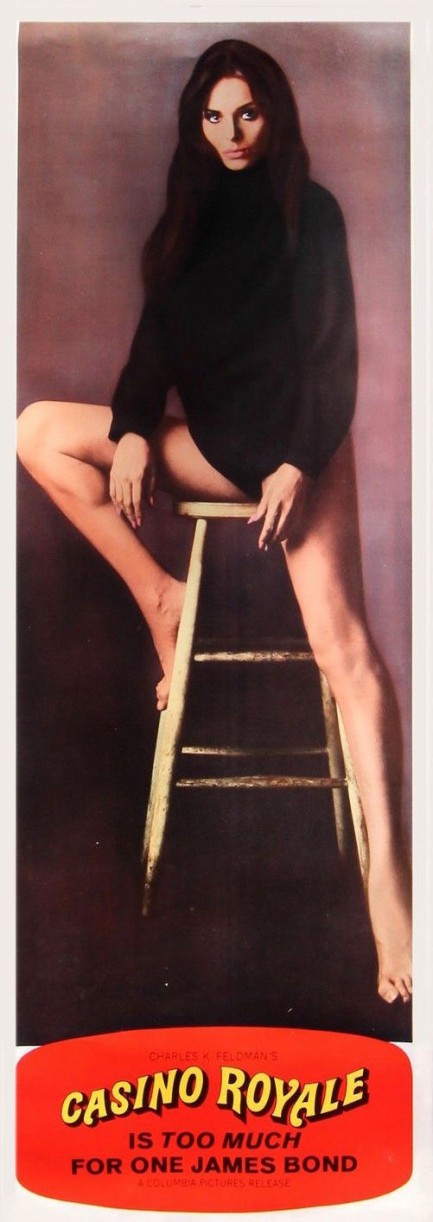
| Vintage Pulp | Dec 4 2013 |

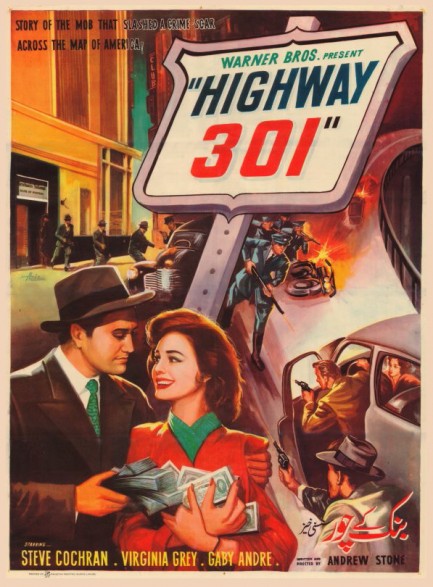
Though we can’t find much online about the making of the 1950 b-budget film noir Highway 301, we have a suspicion what happened during its production. The studio holding the purse strings, Warner Bros., had a look at the rough cut and said there’s no way we’re putting out a movie this intense. How intense is it? Influential New York Times critic Bosley Crowther called it “a straight exercise in low sadism.” So what does a studio do when it has on its hands a movie it thinks is likely to bad vibe audiences right out of the cinema? Simple—tell the audiences before the movie starts how it’s going to end. Get three sitting state governors—W. Kerr Scott of North Carolina, John S. Battle of Virginia, and William P. Lane, Jr. of Maryland—to announce in a prologue that crime does not pay, and that every member of the Tri-State Gang depicted in the movie ended up dead, except for one, who ended up in prison. Was Warner Bros. really responsible for such a blatant mutilation of Highway 301? It’s a very good bet, simply because a screenwriter can’t write a script that counts on the participation of three state governors. But for Jack Warner, well, all it would have taken was a phone call to each.
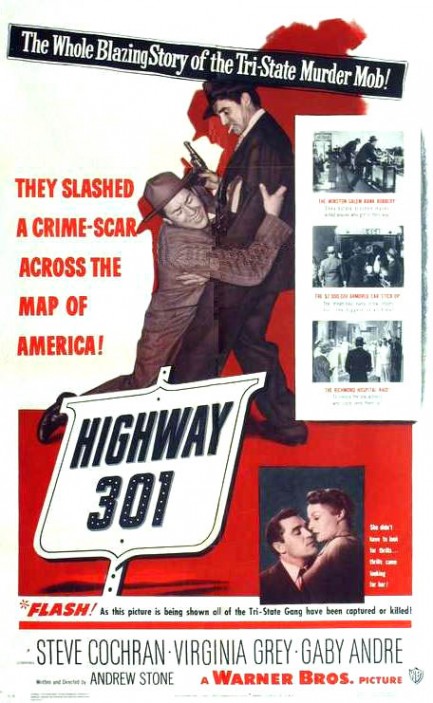 determine the fortunes and misfortunes of the characters, and which gnaw at the nerves of an audience that knows which choice is right but can only watch events unfold. At the center of it all is Steve Cochran as the gang’s murderous leader, a guy who solves every problem with a gun. The supporting cast includes Virginia Grey, Gaby Andre, and Robert Webber, and all are good in their roles.
determine the fortunes and misfortunes of the characters, and which gnaw at the nerves of an audience that knows which choice is right but can only watch events unfold. At the center of it all is Steve Cochran as the gang’s murderous leader, a guy who solves every problem with a gun. The supporting cast includes Virginia Grey, Gaby Andre, and Robert Webber, and all are good in their roles.Writer/director Andrew L. Stone deserves a lot of credit for putting this together. He was an experienced hand at this point, but never before had he created something so innovative. Highway 301 ends on a down note with more moralizing, but sandwiched in between is a highly recommendable drama. Flawed, yes, but only due to the intrusion of front office types, we suspect. A re-release without the moral parentheses and intermittent narration would elevate this to classic status. The poster at top is classic in its own right. It was painted by someone who signed it Aziz, and the Arabic script in the lower right corner confirms it was made for release in the Middle East or North Africa, most likely Egypt, but don’t quote us on that.
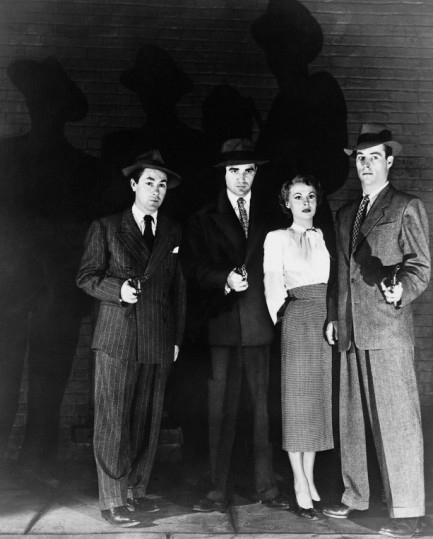
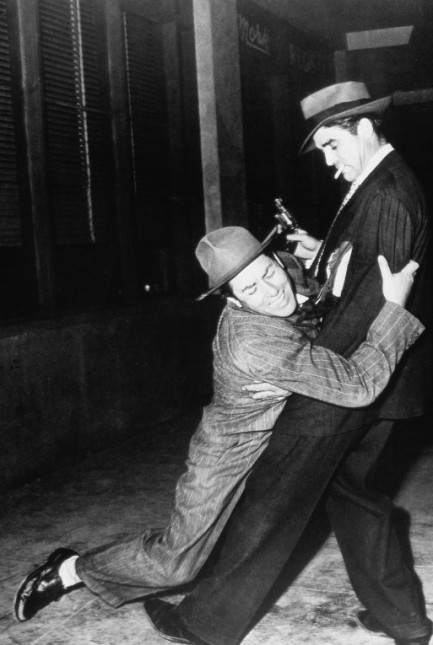
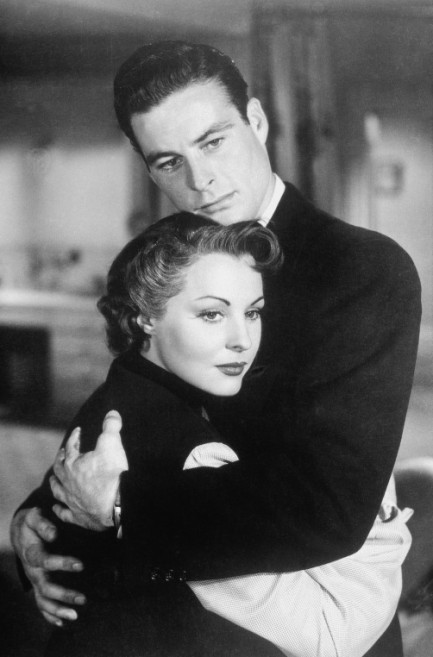
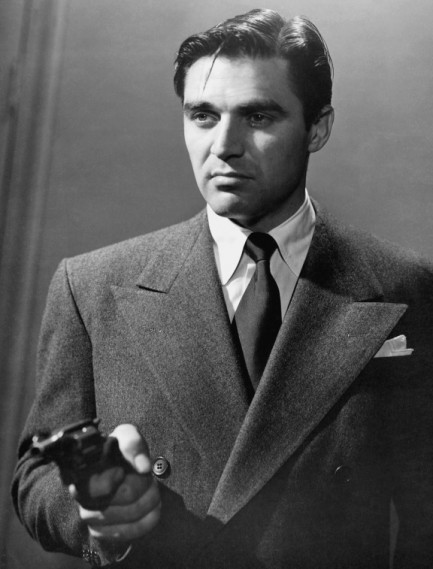
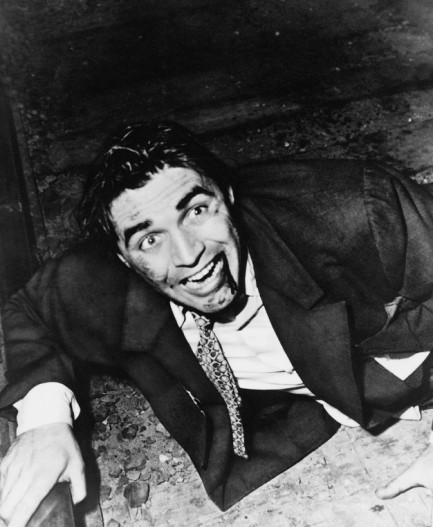
| Femmes Fatales | Feb 11 2012 |

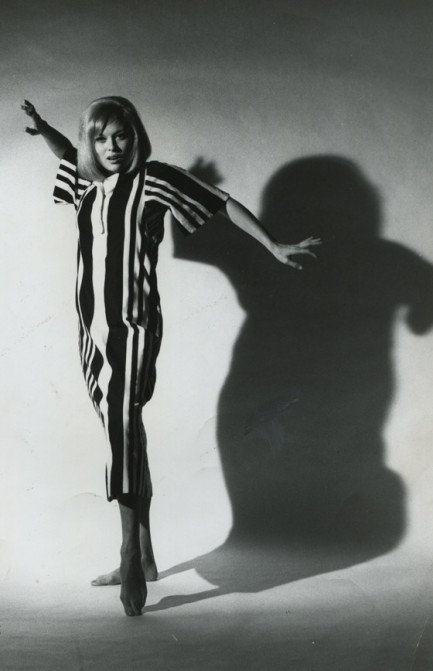
This rare promo shot of American actress Faye Dunaway was made when she was starring in Bonnie and Clyde, which was a film so polarizing that one of the most respected critics in America—the New York Times’ Bosley Crowther—launched a campaign against the values he felt the movie represented. But American filmgoers loved Bonnie and Clyde, and Crowther’s scathingly negative review exposed him as out of touch with the zeitgeist and especially with the maverick film directors coming out of Hollywood. It was 1967, and everything was changing. The Times fired Crowther and gave his job to Pauline Kael. Bonnie and Clyde became a worldwide hit and cinematic landmark. And Faye Dunaway became one of the biggest stars in Hollywood.
| Intl. Notebook | Nov 6 2010 |

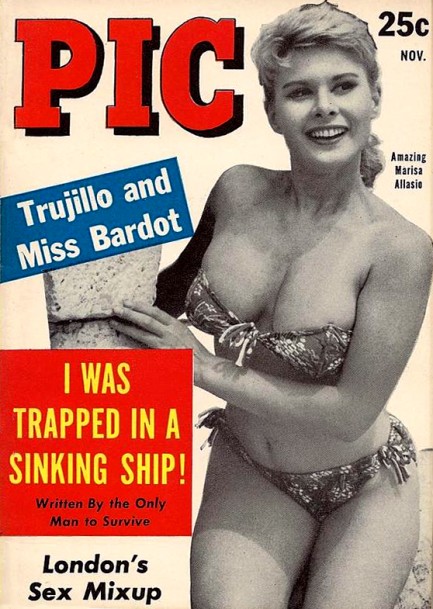
Here’s a new tabloid in our collection—Pic, which like Whisper and a few other publications evolved from a pin-up magazine into a scandal sheet during the 1950s. The cover star on this November 1958 issue is Marisa Allasio, and the photo is one that originally appeared in the Italian magazine Il Borghesi and landed the publishers in court on obscenity charges. As anyone who has ever been to a beach can attest, there is a big difference between almost falling out of a bikini and actually doing it, and that difference is where all the fun lies. But the shot was nonetheless deemed too sexual by Italy’s moral watchdogs, and all the newsstand copies of Il Borghese were confiscated. In the end, the magazine was able to prove that the image was a promo still from Allasio’s forgettable 1956 film Poveri ma belli, aka Poor but Beautiful. Since Il Borgese was not responsible for the image, charges against the magazine were dropped. If you’d like to read a scathing contemporary review of the film, we found one by Bosley Crowther at the New York Times, and just because it’s Saturday, we have the almost-obscene bikini photo below, in its original unreversed state. We’ll have more from Pic later.
